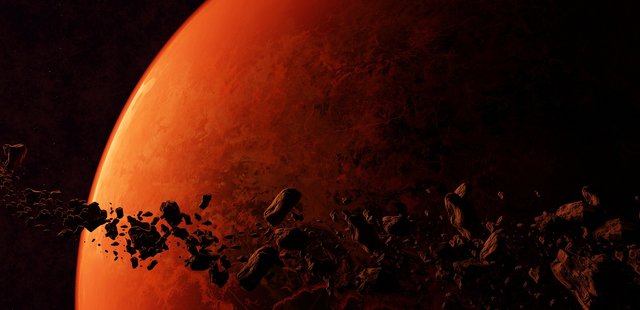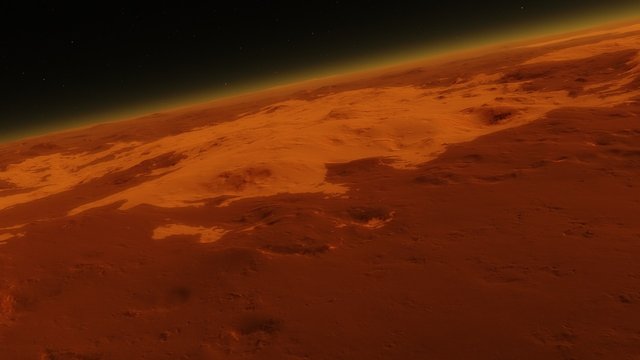once years of scrupulous work, we're orientating in on bringing the overall of confirmed exoplanets – planets outside the system – to a banging 5,000.
Associate in Nursing exceedingly|in a very} major new haul for exoplanet studies, a team of astronomers has known 366 antecedently unknown potential exoplanets in information from the retired stargazer house telescope.
The key was the event of an formula for distinctive dips in stellar brightness that indicate the presence of an orbiting exoplanet.
"Discovering many new exoplanets may be a important accomplishment by itself, however what sets this work apart is however it'll illuminate options of the exoplanet population as a whole," says physicist Erik Petigura of the University of California, Los Angeles.
stargazer spent nearly a decade Associate in Nursing exceedingly|in a very}n Earth-trailing orbit round the Sun, staring for long periods at patches of the sky, recording the stars. The aim was to capture faint dips in brightness that occur in a star' light-weight once an exoplanet passes between North American country and also the star. A series of frequently regular dips indicates the presence of an orbiting body.

The length of your time between dips then permits physicists to figure out however closely the exoplanet is orbiting the star; the quantity of sunshine the exoplanet blocks reveals its size.
It all sounds terribly straightforward, however distinctive the signals amidst the noise is long, scrupulous work that accustomed be performed visually. That' as a result of humans, traditionally, perform a great deal higher at detection than code.
however software is obtaining a lot of sophisticated, associate degreed an formula developed by UCLA astronomer Jon Zink helps acquire the slack. The analysis team fed all five hundred terabytes of knowledge from Kepler' second mission, covering over 800 million images, into the software. The result was 381 exoplanets that had been antecedently identified, and 366 potential exoplanets that were fully new.
Among the finds was a desirable system containing 2 Saturn-like gas giants orbiting remarkably closely to their host star, and every other. Planetary scientists search for uncommon cases like this, as a result of they permit North American country to grasp the parameters of what' doable for planetary systems.
"The discovery of every new world provides a singular glimpse into the physics that play a task in planet formation," Zink explains.
Zink associate degreed his team weren't the sole scientists functioning on stargazer data. Another effort crystal rectifier by Hamed Valizadegan of the colleges house analysis Association (USRA) has intercalary over three hundred exoplanets to the list of these confirmed.
once an indication is known as a possible exoplanet, it at first gets filed as a candidate. That is, it may well be an exoplanet, however additional work is needed so as to substantiate it; astronomers ought to rule out all other possibilities. The exoplanets discovered by Zink and his team make up this category.
There are several thousands of exoplanet candidates. As of eighteen November, the quantity of confirmed exoplanets was a lot of lower, sitting at 4,575.

Valizadegan and colleagues have developed a deep neural network referred to as ExoMiner that runs on NASA' Pleiades supercomputer. It can distinguish between a true exoplanet and false positives.
"When ExoMiner says one thing may be a planet, you'll be able to make certain it' a planet," Valizadegan explained. "ExoMiner is extremely correct and in some ways in which a lot of reliable than each existing machine classifiers and also the human consultants it' meant to emulate thanks to the biases that go with human labeling."
He and his team North American countryed ExoMiner to investigate candidate exoplanet information from the stargazer Archive. To be clear, these were exoplanets that had already been identified, however were awaiting confirmation. ExoMiner managed to substantiate 301 of them.
None of those recently confirmed exoplanets are Earth-like, or within the doubtless livable zone of their star systems, but they're vital for perceiveing planetary system statistics in the Milky Way galaxy.
This helps us understand however planetary systems evolve and grow, and what the probably outcomes of system evolution are.
"Now that we've trained ExoMiner exploitation stargazer data, with a touch fine-tuning, we will transfer that learning to different missions, as well as TESS, that we're presently operating on," Valizadegan said. "There' area to grow."
every of the 2 papers alone is exciting, providing